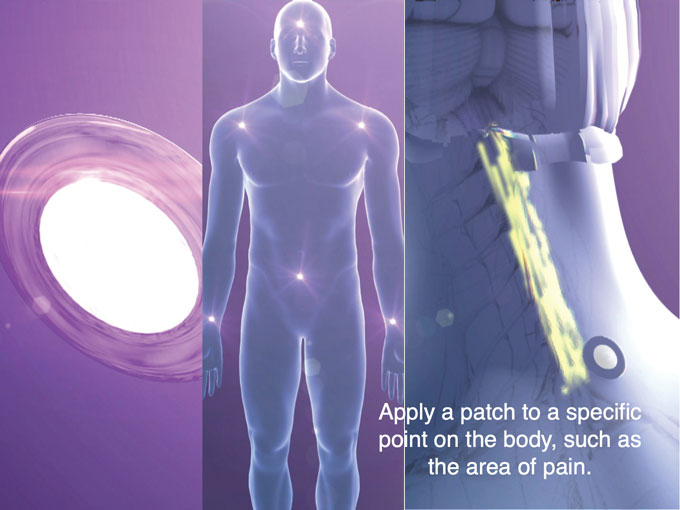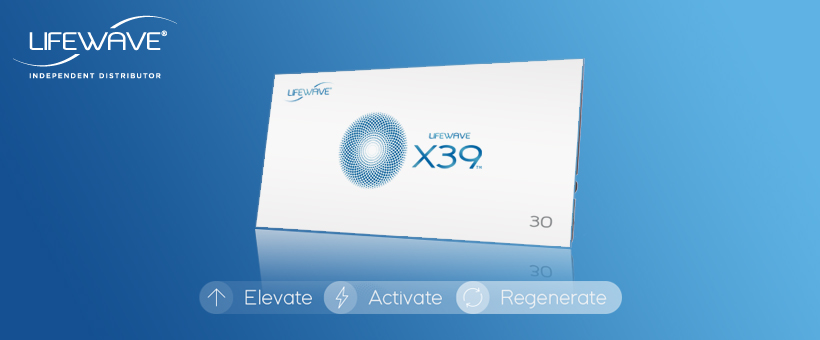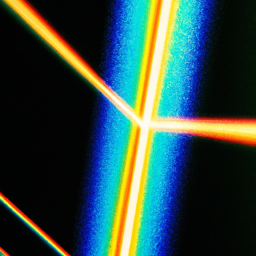If you struggle with skin conditions like eczema or psoriasis, you know how frustrating it can be to find effective treatments. However, there may be a solution that you haven’t yet considered: infrared light therapy. This innovative treatment method utilizes infrared light to alleviate symptoms and improve the overall health of your skin. In this article, we will explore the benefits of infrared light therapy for skin conditions such as eczema, psoriasis, and more. So, get ready to discover a potential game-changer for your skin health!
What is Infrared Light Therapy?
Infrared light therapy is a non-invasive and drug-free treatment method that involves the use of infrared light to improve various skin conditions. It utilizes low-level light wavelengths to penetrate deep into the skin, providing numerous therapeutic benefits. This type of therapy is gaining popularity due to its effectiveness and safety in treating different skin conditions, including eczema, psoriasis, acne, rosacea, vitiligo, dermatitis, psoriatic arthritis, and skin aging.
Overview of Infrared Light Therapy
Infrared light therapy works by stimulating cellular activity in the skin. When the infrared light wavelengths are absorbed by the skin, they enhance blood circulation, promote the production of collagen, and stimulate the release of nitric oxide. This, in turn, leads to a reduction in inflammation, improved wound healing, enhanced skin texture and appearance, increased collagen production, and relief from pain and discomfort.
How it Works
Infrared light therapy involves the use of devices that emit specific wavelengths of light. These devices can emit either infrared-A, infrared-B, or a combination of both wavelengths. When exposed to the skin, the infrared light penetrates deep into the tissue, reaching the underlying layers and activating various biological processes.
The infrared light interacts with the mitochondria within the skin cells, triggering an increase in cellular energy production. This process, known as photobiomodulation, enhances the overall function of the skin cells, leading to the beneficial effects observed with infrared light therapy.
In addition, the infrared light stimulates the release of nitric oxide, a molecule that plays a crucial role in promoting blood flow and reducing inflammation. By increasing blood circulation, the therapy helps deliver nutrients and oxygen to the skin, while removing waste products and toxins.
Benefits of Infrared Light Therapy
Infrared light therapy offers a wide range of benefits for various skin conditions. Here are some of the key advantages:
Reduction of Inflammation
Infrared light therapy has been shown to effectively reduce inflammation in the skin. By stimulating the release of nitric oxide and enhancing blood circulation, it helps alleviate redness, swelling, and irritation associated with inflammatory skin conditions like eczema, psoriasis, and dermatitis. The therapy also promotes the body’s natural healing response, further aiding in the reduction of inflammation.
Promotes Wound Healing
Infrared light therapy accelerates the healing process of wounds by stimulating cellular activity and promoting the growth of new skin cells. It enhances collagen production, which is essential for wound closure and the formation of healthy scar tissue. The therapy also improves blood circulation to the wound area, supplying vital nutrients and oxygen to support the healing process.
Improves Skin Texture and Appearance
One of the most notable benefits of infrared light therapy is its ability to improve skin texture and appearance. By promoting collagen production and stimulating cellular activity, the therapy helps reduce the appearance of fine lines, wrinkles, and scars. It also enhances skin elasticity, making the skin smoother and more supple.
Boosts Collagen Production
Collagen is a vital protein that provides structure and support to the skin. Over time, collagen production naturally declines, leading to signs of aging, such as wrinkles and sagging skin. Infrared light therapy stimulates collagen production, helping to restore and maintain the skin’s youthful appearance.
Relieves Pain and Discomfort
Infrared light therapy has analgesic properties, meaning it can alleviate pain and discomfort associated with various skin conditions. By increasing blood circulation, it helps reduce pain caused by inflammation, stimulates the release of endorphins (natural painkillers), and promotes relaxation of the muscles and tissues.
Infrared Light Therapy for Eczema
Understanding Eczema
Eczema, also known as atopic dermatitis, is a chronic inflammatory skin condition that causes dry, itchy, and inflamed patches on the skin. It commonly affects children but can persist into adulthood. Eczema flare-ups can be triggered by allergens, irritants, stress, or hormonal changes.
Effectiveness of Infrared Light Therapy on Eczema Symptoms
Several studies have shown promising results in the use of infrared light therapy for eczema treatment. The therapy’s ability to reduce inflammation, improve blood circulation, and promote wound healing can help relieve eczema symptoms. It can alleviate itching, redness, and dryness, leading to overall improvement in skin health.
Recommended Treatment Protocols
Infrared light therapy for eczema typically involves multiple sessions over a period of several weeks. The duration and frequency of treatments vary based on the severity of the condition. It is often recommended to start with shorter sessions of 10-15 minutes and gradually increase the duration as tolerated. The therapy can be combined with other treatments, such as moisturizers and topical medications, for optimal results.
Precautions to Take
It is important to consult with a healthcare professional before starting infrared light therapy for eczema. The therapy may not be suitable for individuals with certain medical conditions, such as skin cancer or photosensitivity. Protective eyewear should be worn during the sessions to prevent any potential harm to the eyes from the infrared light.
Infrared Light Therapy for Psoriasis
Understanding Psoriasis
Psoriasis is a chronic autoimmune condition characterized by the rapid production of skin cells, leading to the formation of thick, red, and scaly patches on the skin. It commonly affects the scalp, elbows, knees, and lower back. The condition can be triggered by genetic factors, stress, infections, or certain medications.
Effectiveness of Infrared Light Therapy on Psoriasis Symptoms
Infrared light therapy has shown promise in the treatment of psoriasis. The therapy’s anti-inflammatory properties can help reduce redness, scaling, and itching associated with psoriasis. It also promotes the shedding of dead skin cells and stimulates the growth of healthy skin, leading to improved skin appearance.
Recommended Treatment Protocols
Infrared light therapy for psoriasis typically involves regular sessions over a period of several weeks. The duration and frequency of treatments may vary depending on the severity of the condition. Treatment protocols often include a combination of infrared light therapy and other psoriasis treatments, such as topical medications, moisturizers, or systemic medications.
Precautions to Take
Individuals with psoriasis should consult with a healthcare professional before starting infrared light therapy. The therapy may not be suitable for everyone and could potentially worsen certain psoriasis symptoms. It is important to follow the recommended treatment protocols and take any necessary precautions, such as protecting the eyes during the therapy sessions.
(Continued in next message)





